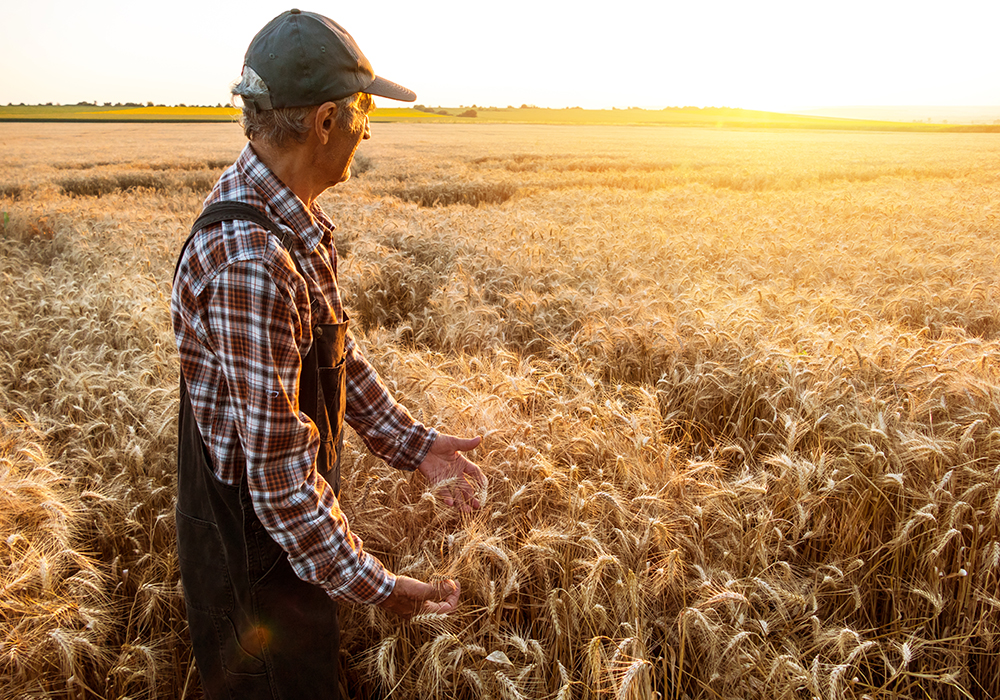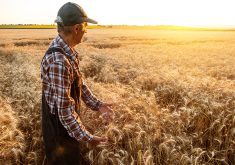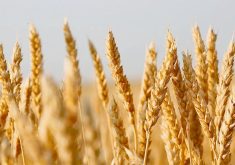Federal gov’t has been under pressure to reverse the decision, but an economist says it is unlikely to change its mind
REGINA — The June 25 deadline to implement federal tax changes has come and gone without the exemption farmers wanted.
Organizations had asked Ottawa to keep the capital gains inclusion rate for farmers at 50 per cent instead of raising it to 66.67 per cent. This rate applies to capital gains of more than $250,000.
All capital gains incurred by corporations must now pay the two-thirds inclusion rate.
Read Also

Environmental farm group has Ottawa’s attention
In 2021, Farmers for Climate Solutions published a report on how Canada should reduce emissions from agriculture. Not long after, the federal government implemented most of the recommendations in the report.
“We are disappointed to see the government raise taxes on the succession planning of family-run grain farms today,” said Grain Growers of Canada executive director Kyle Larkin.
“This hike targets farmers’ retirement plans, increases costs for the next generation and threatens the long-term viability of family farms.”
He repeated the call for intergenerational farm transfers to be taxed at the 50 per cent rate.
Farmers, small businesses and doctors pushed back against the changes announced in the April budget but to no avail. Conservative leader Pierre Poilievre opposes the move and pledged a tax reform task force.
Finance minister Chrystia Freeland has said the measures will bring in $19.4 billion over five years, and nearly $7 billion of that would be in this fiscal year. She has also maintained a very small percentage of Canadians will be affected.
However, economist Jack Mintz said farmers and others are right to be concerned.
He has published data showing many more people will be affected than the approximately 44,000 the government estimated.
He used Statistics Canada data to show that between 2011 and 2021, an annual average of 40,664 tax filers reported capital gains of more than $250,000.
However, the same people didn’t report them each year.
In that period, 66 per cent reported capital gains once, 15.4 per cent reported twice and 4.2 per cent reported six or more times.
Most claimants were moderate income earners who pay at retirement or death, Mintz said.
He estimated 1.25 million people will be affected by the change as the hike is capitalized in lower equity values, which hurts anyone holding stocks.
Mintz said farmers generally don’t earn a lot of income but have large assets, such as land, that serve as their retirement fund.
“People forget when somebody retires at the age of 65 with a pension that they’ve had from their employer, that can be well worth a couple million dollars,” he said.
“(Farmers) may have bought land in 1980, let’s say, for $100,000 at that time that could be worth now $1.5 or $2 million.”
Mintz doesn’t expect the Liberal government to change its mind and offer carve-outs from the new policy.
He said that would likely take a change in government.
















